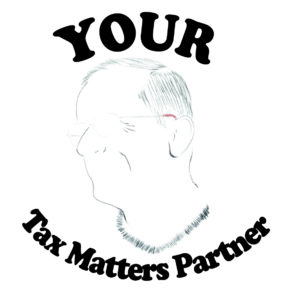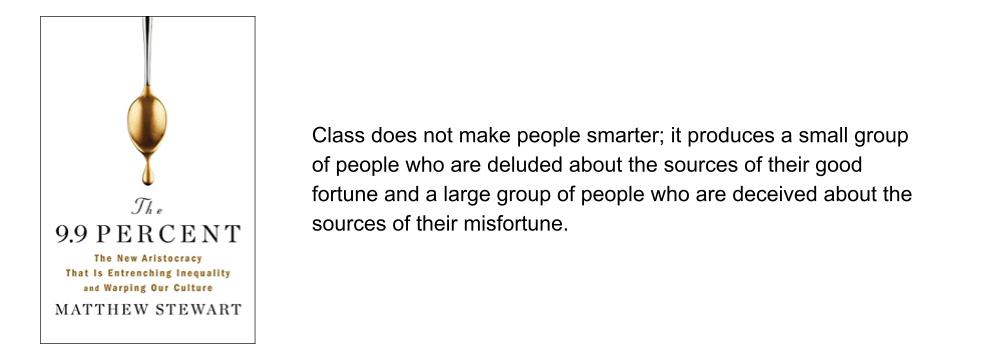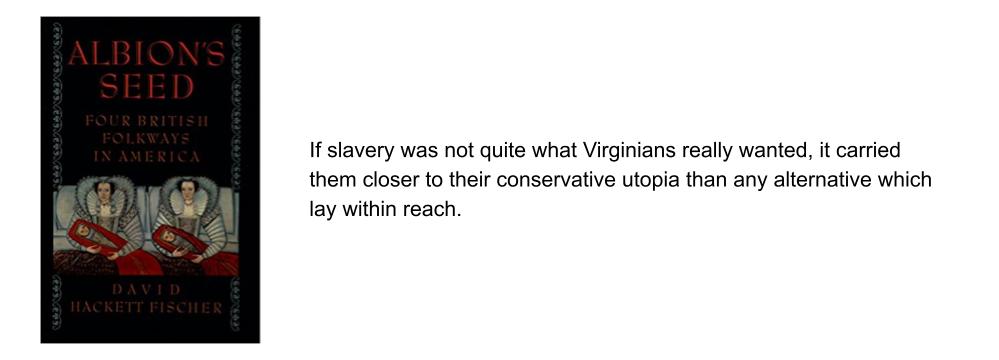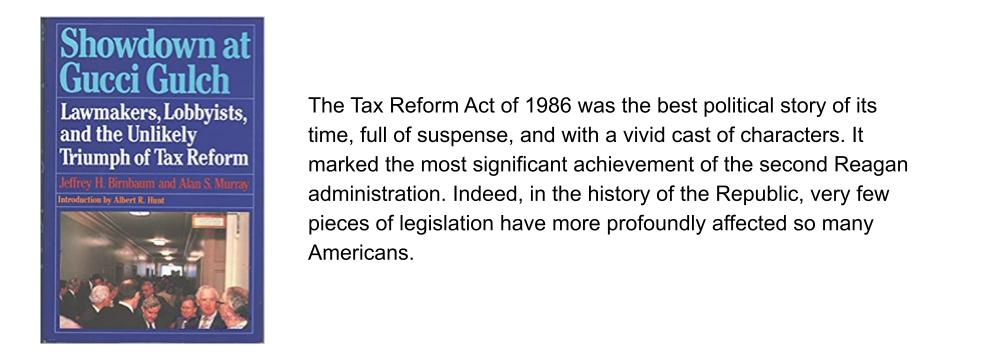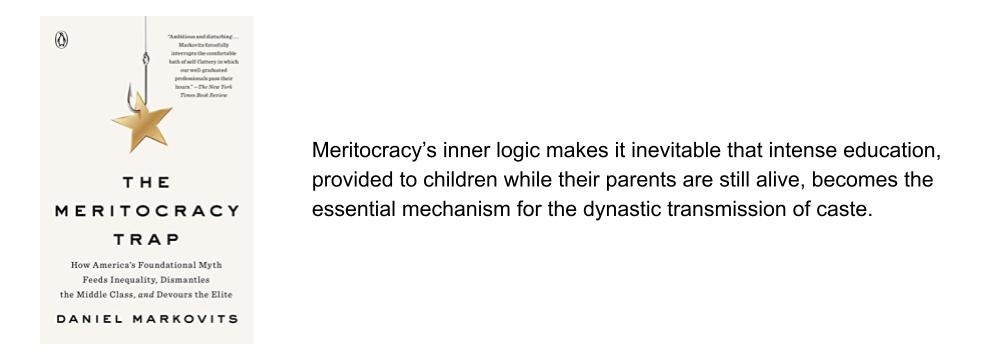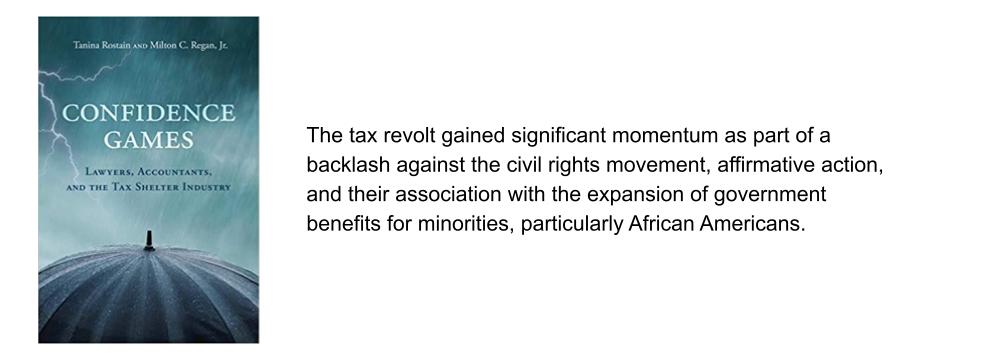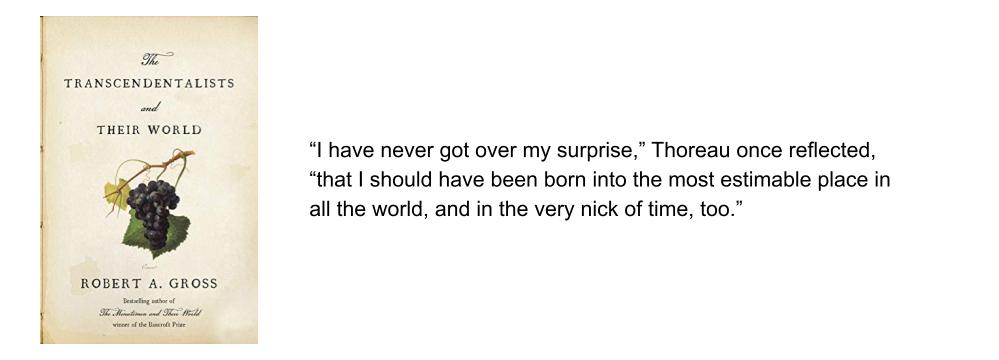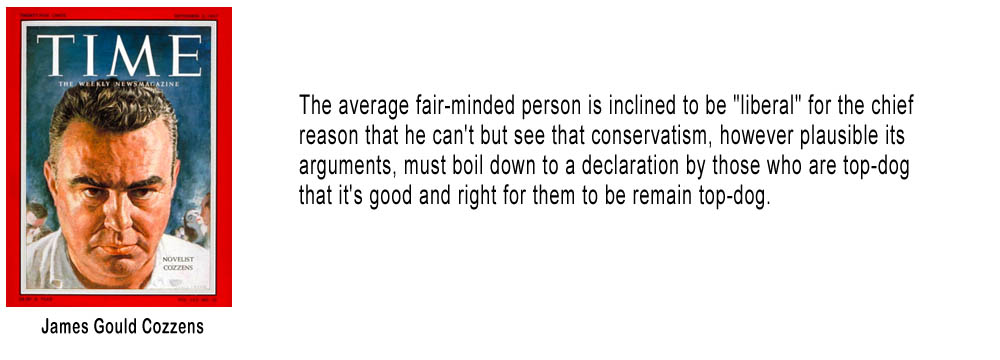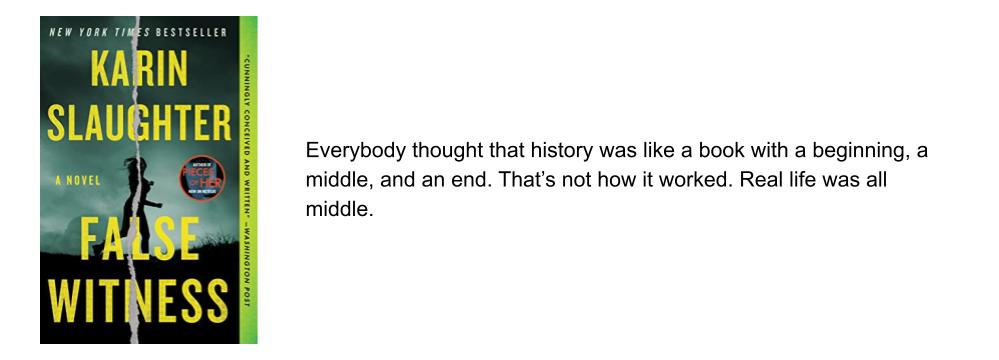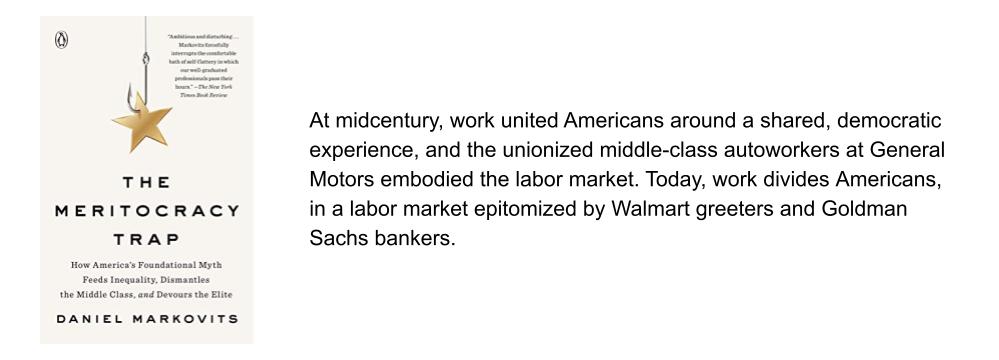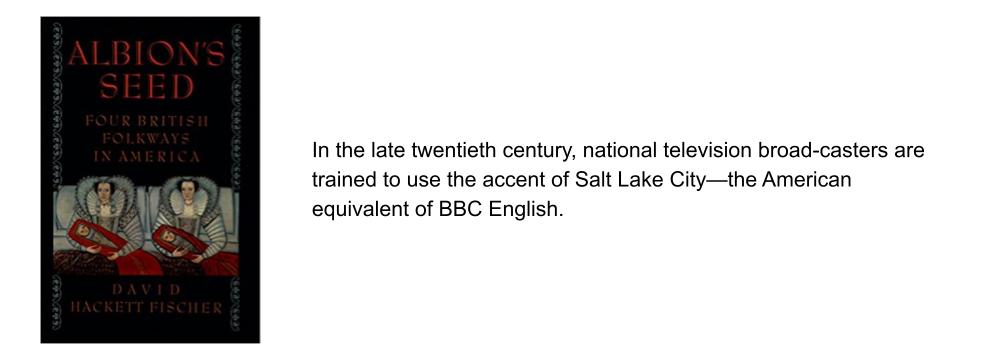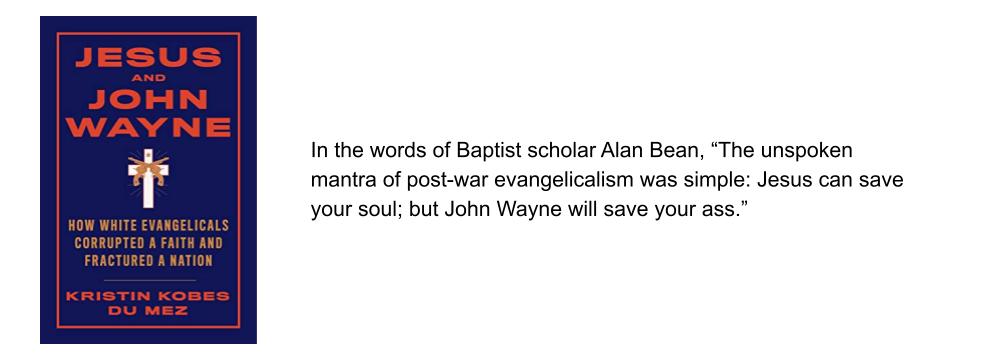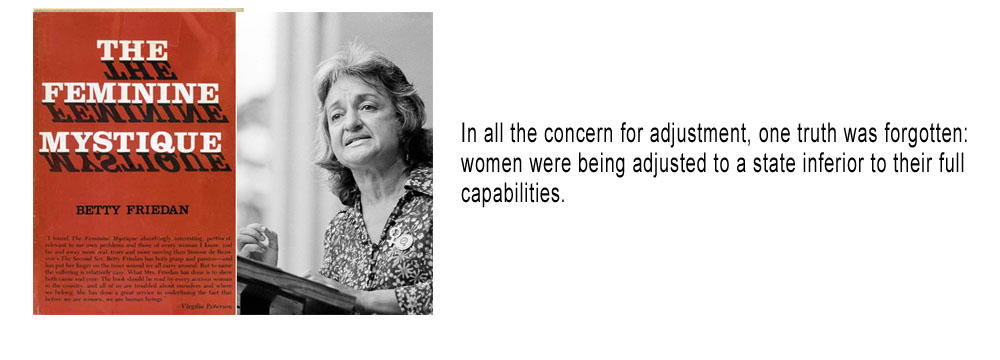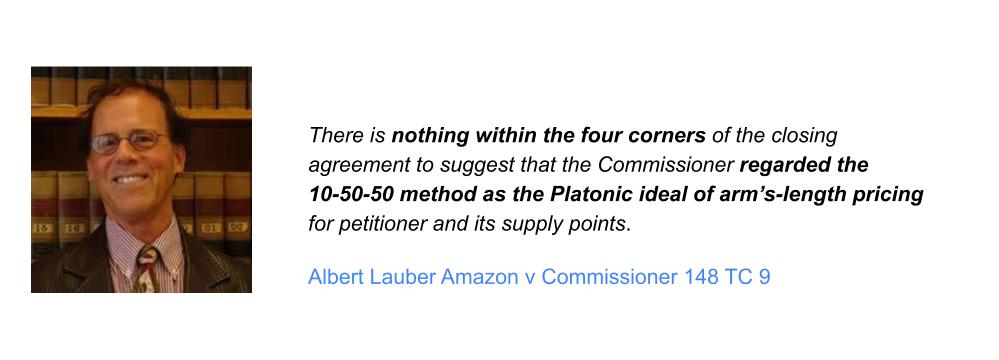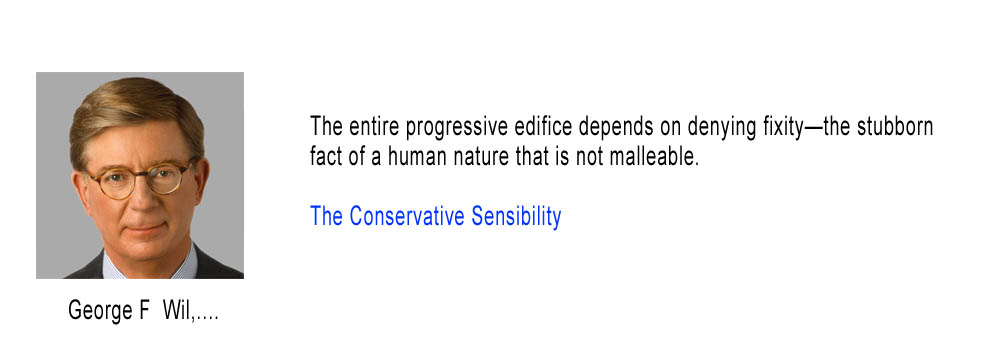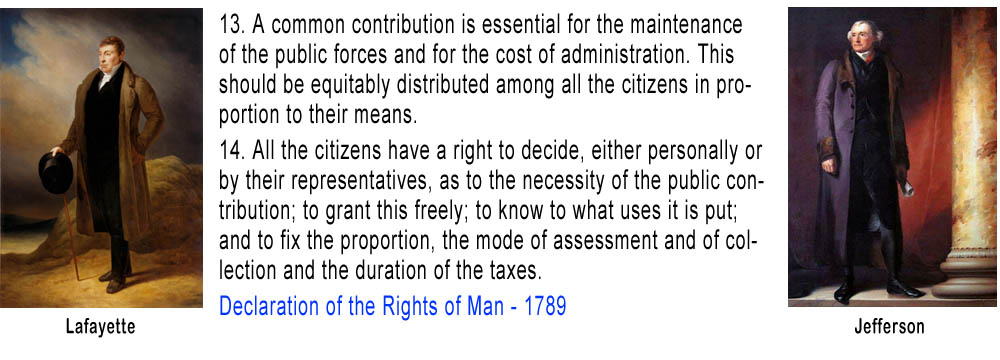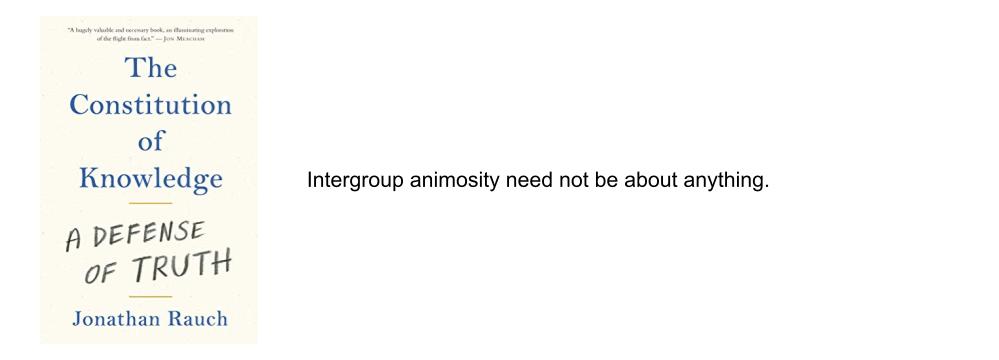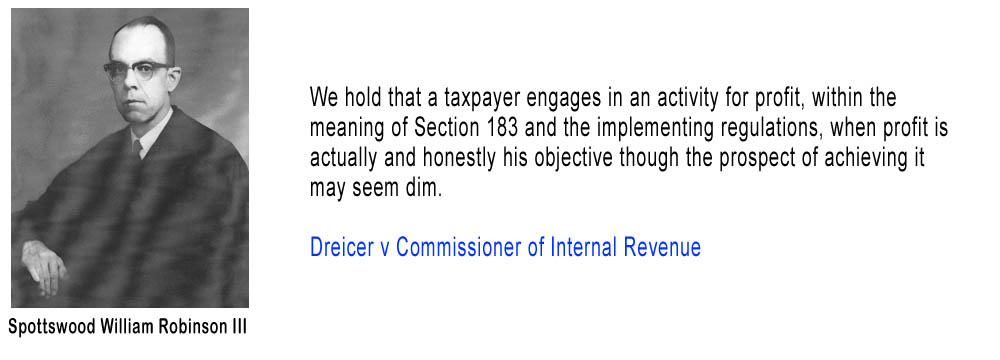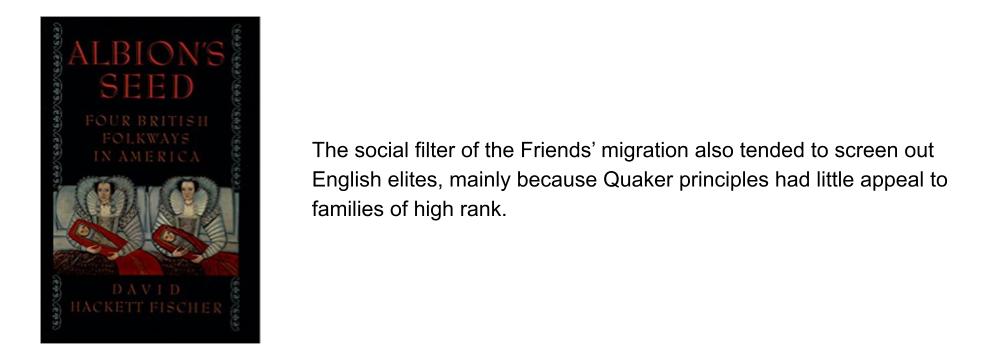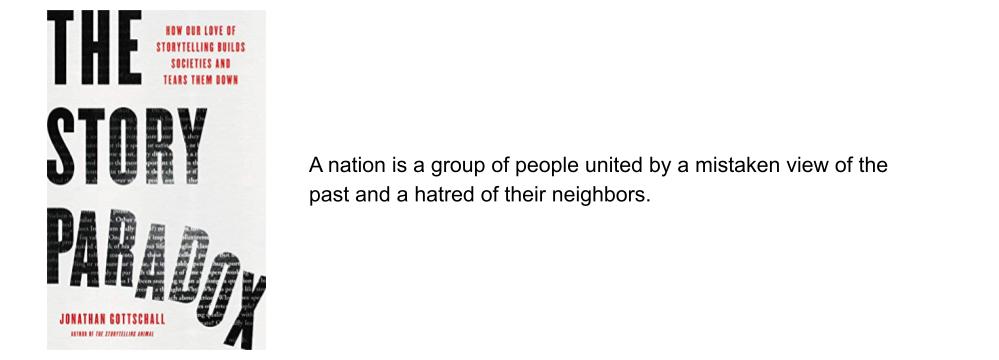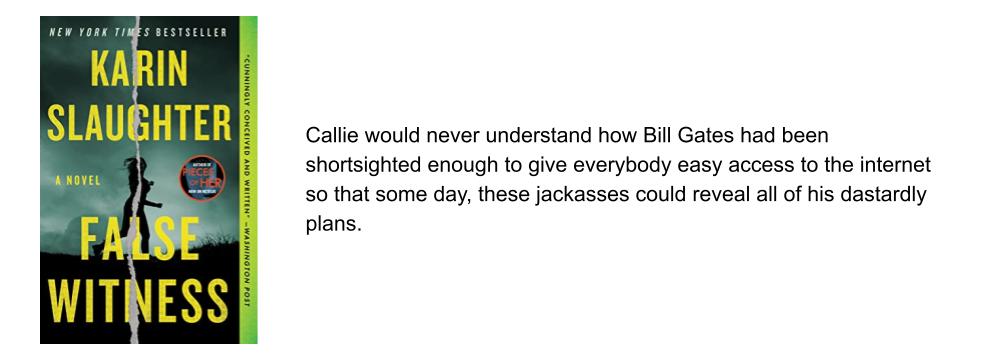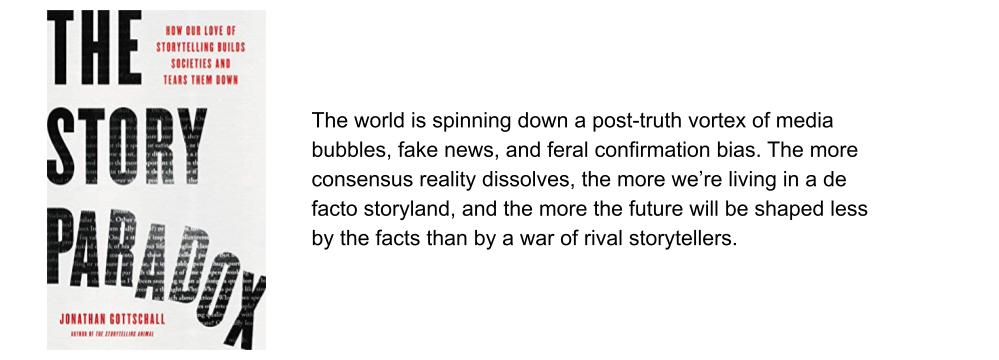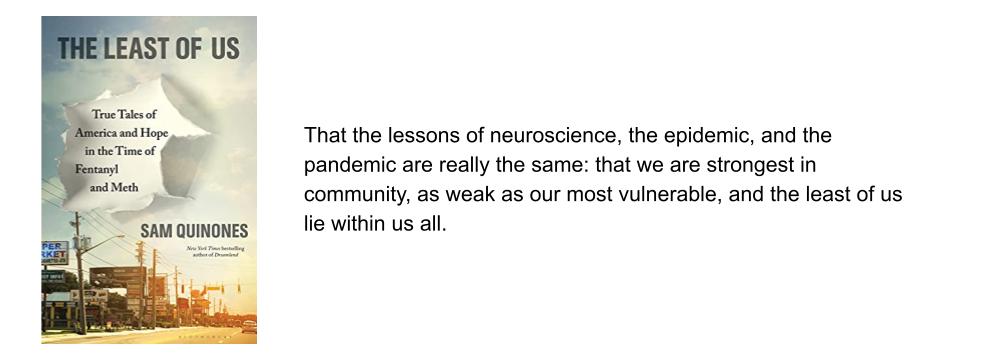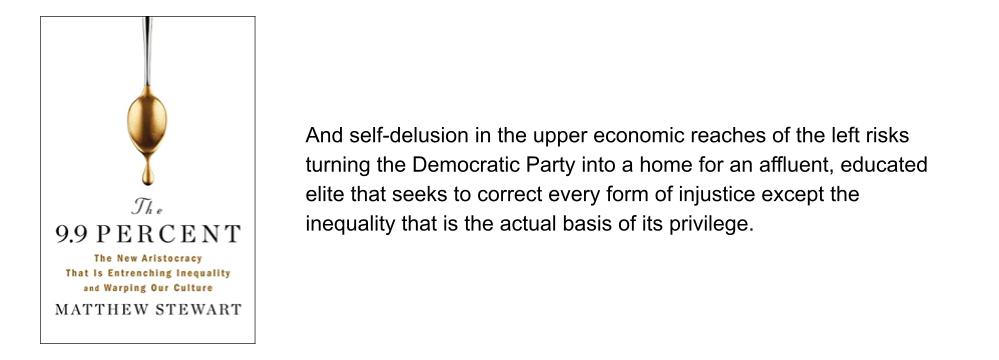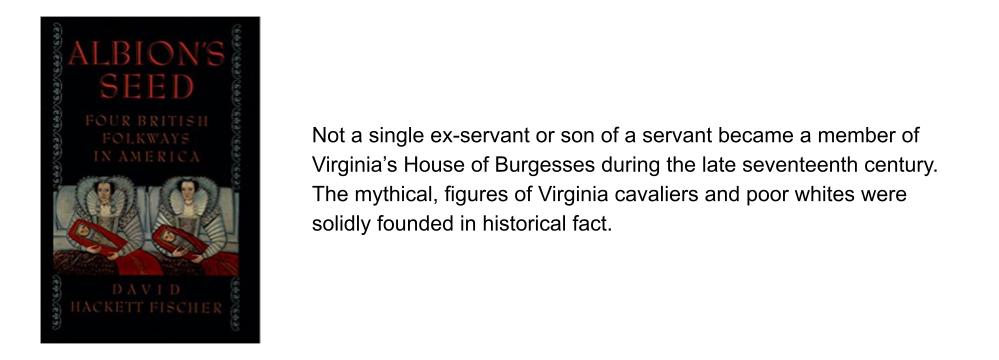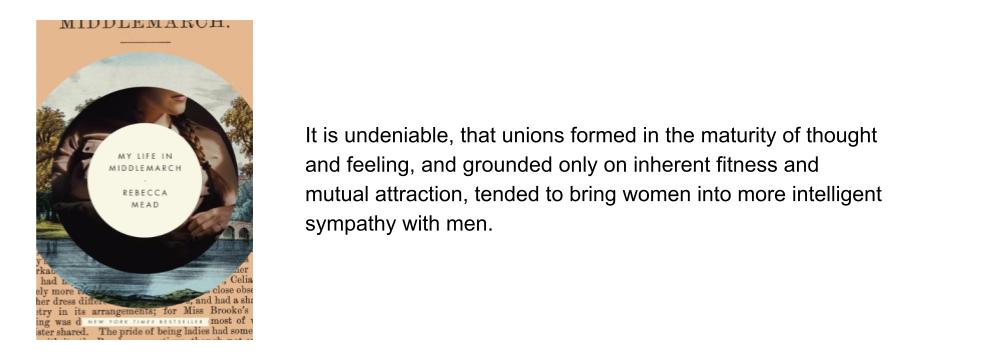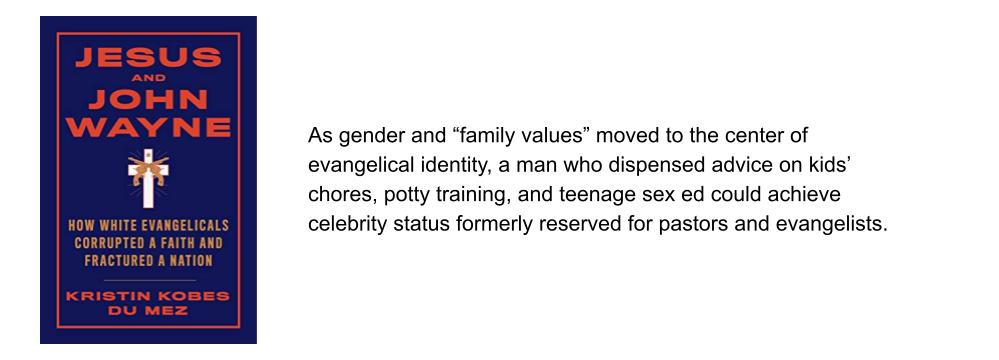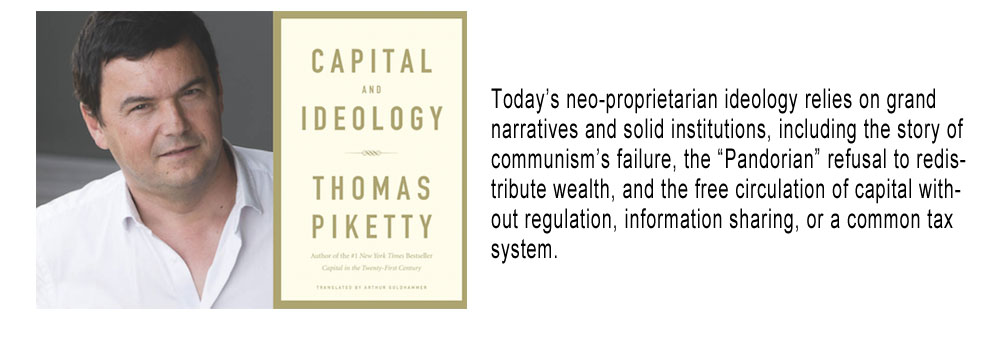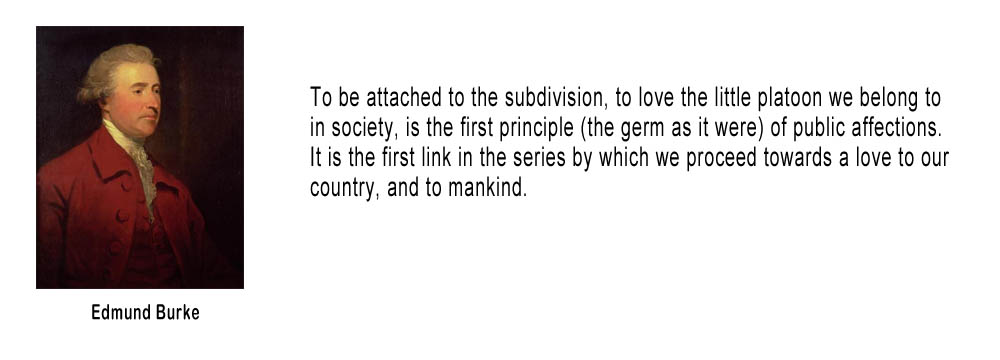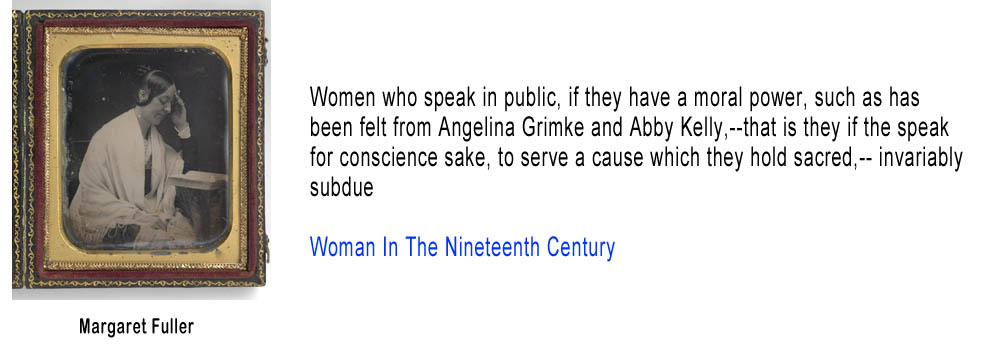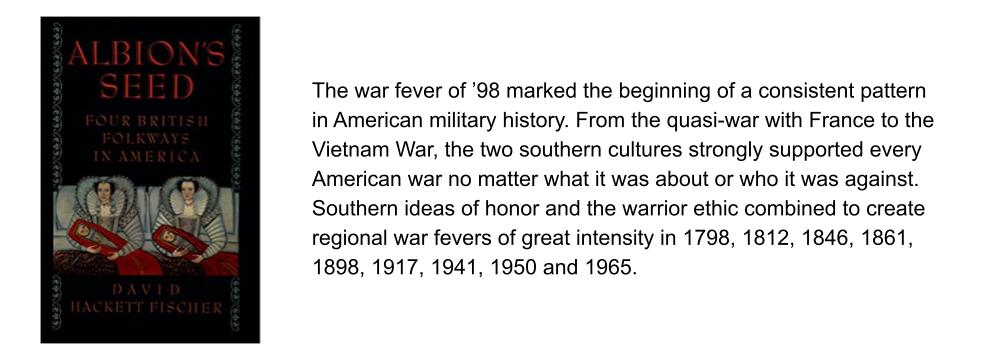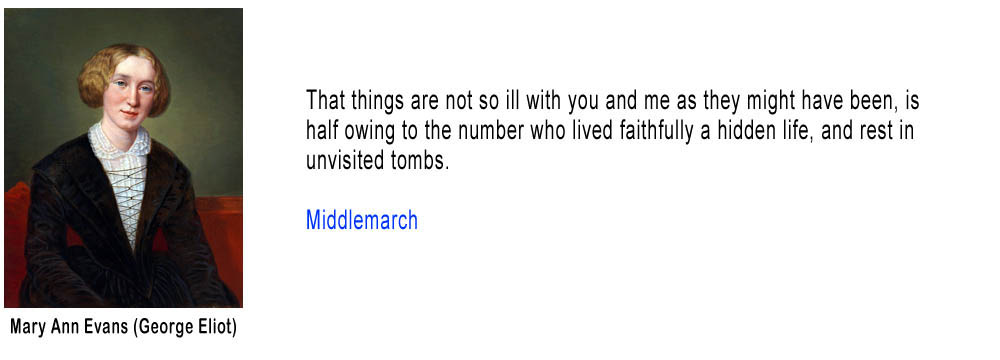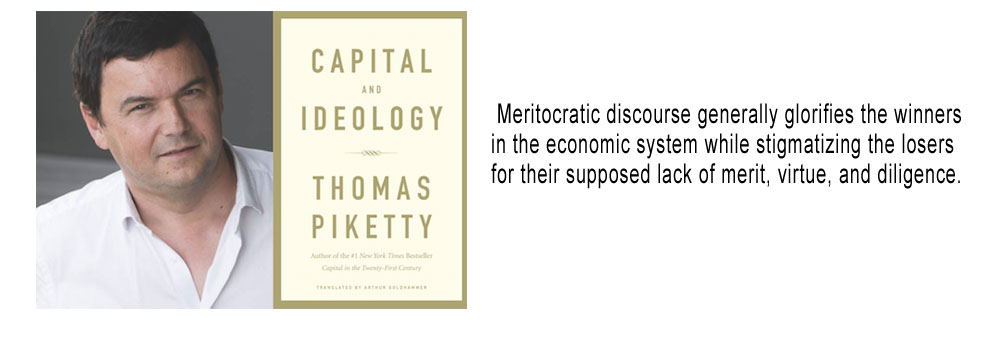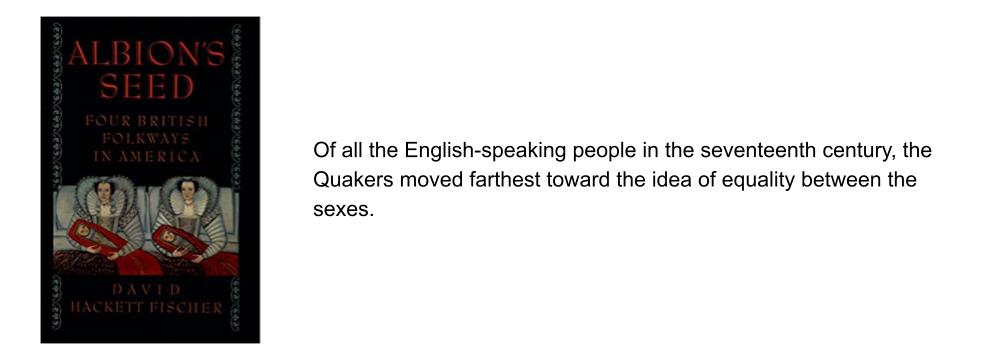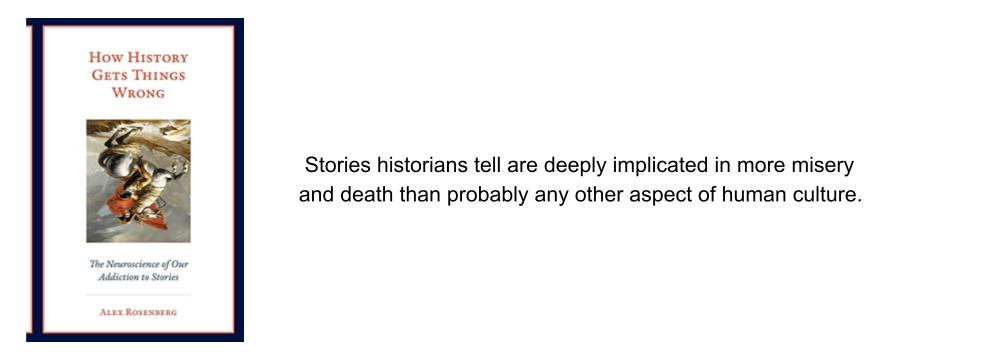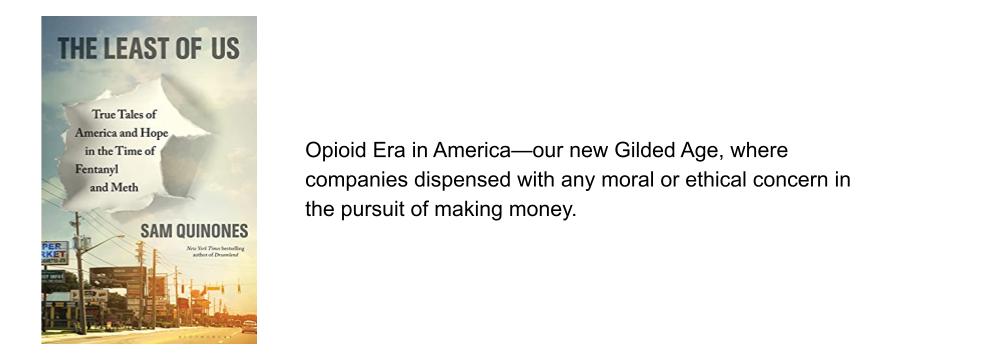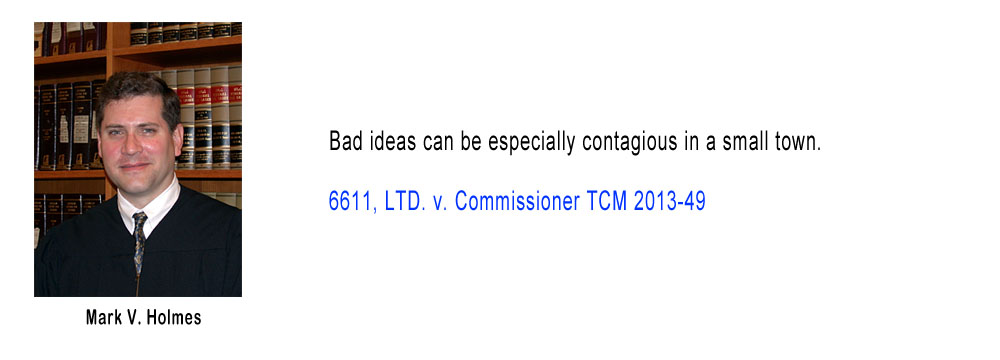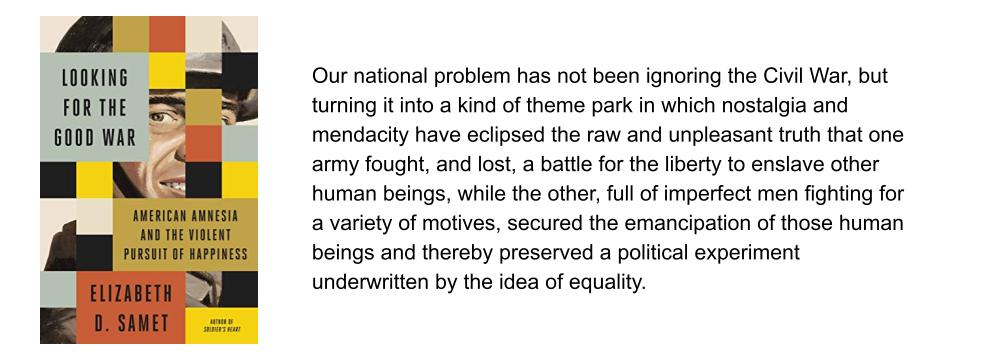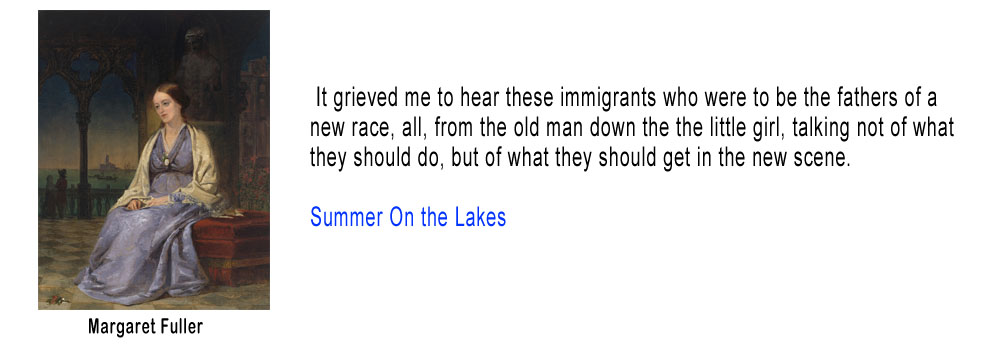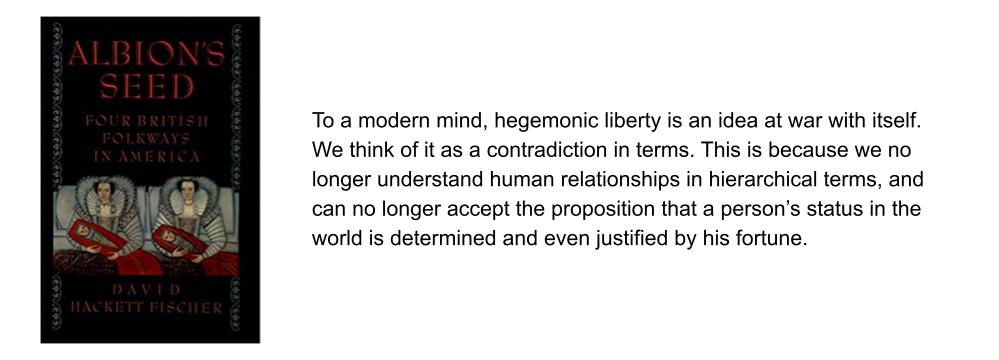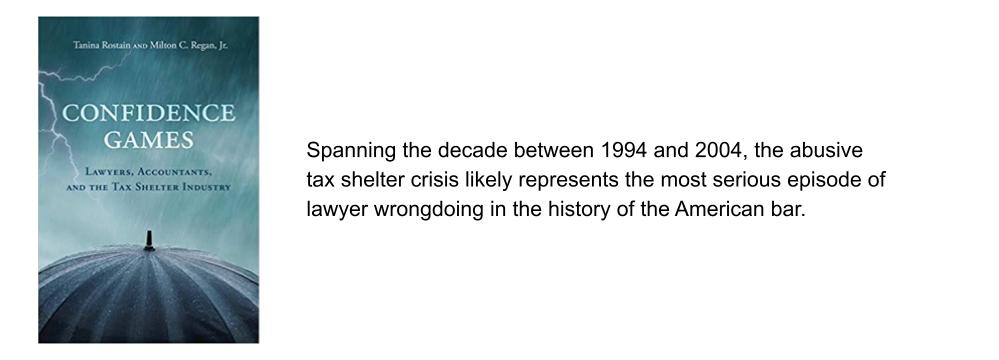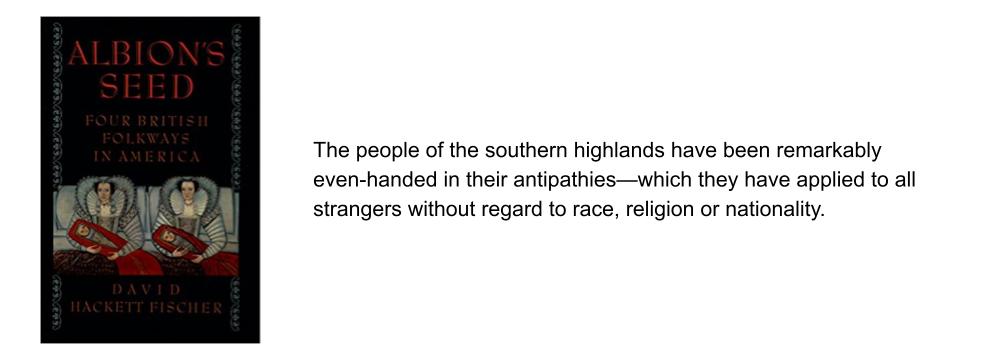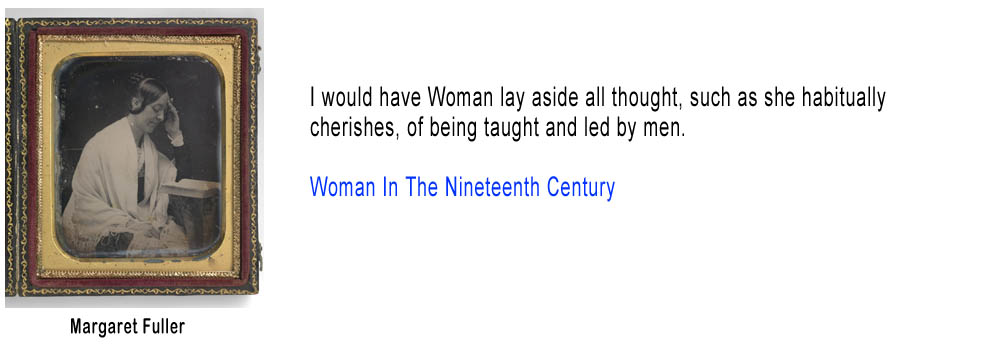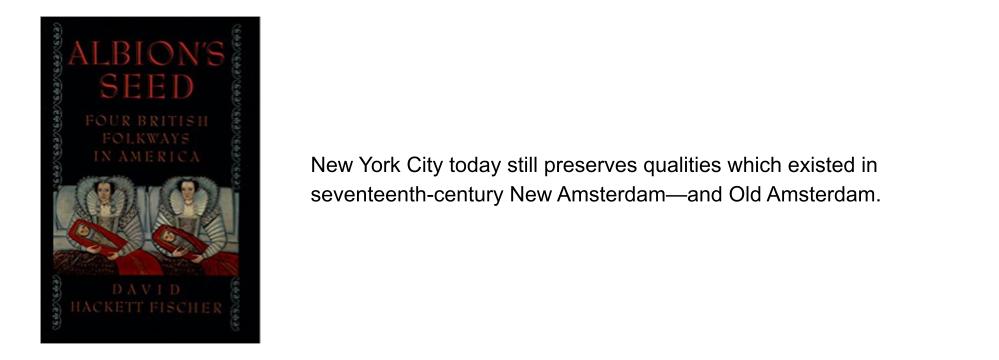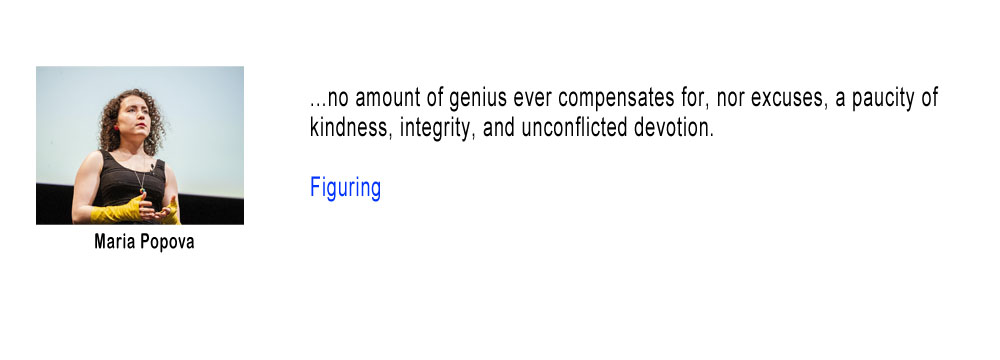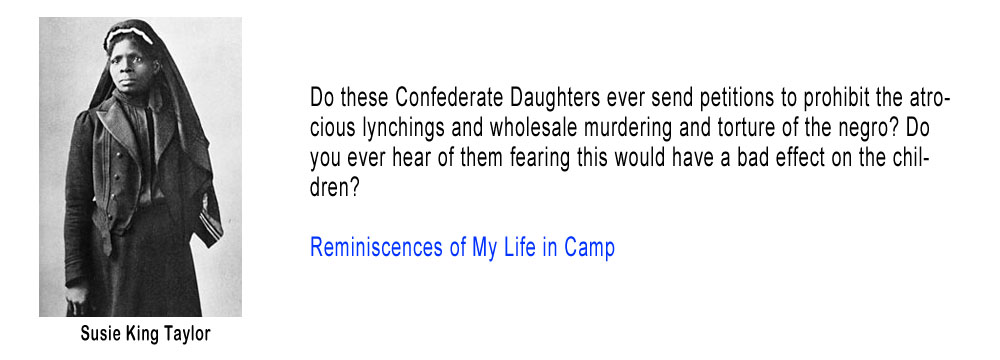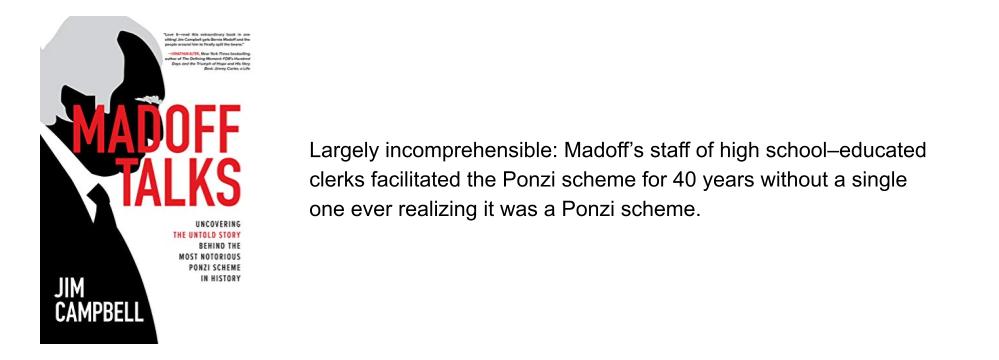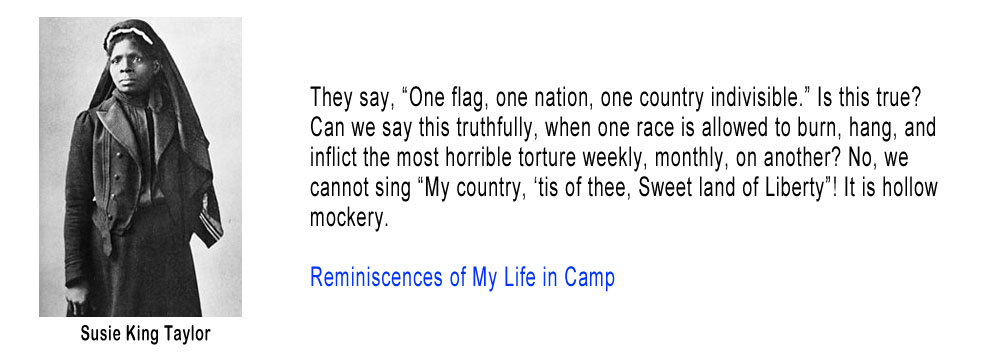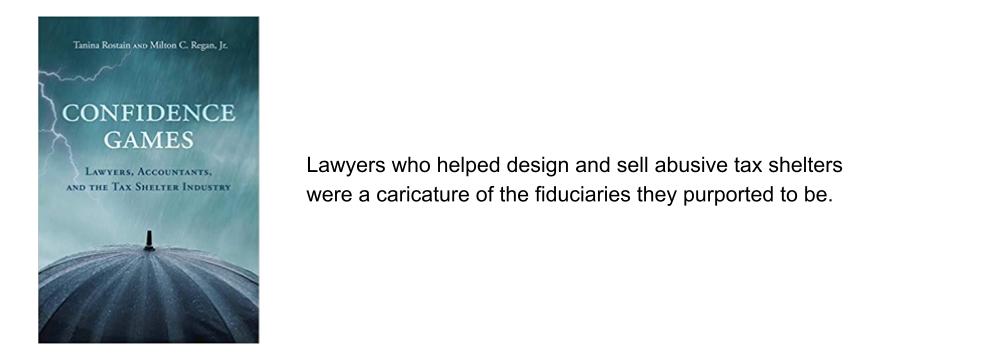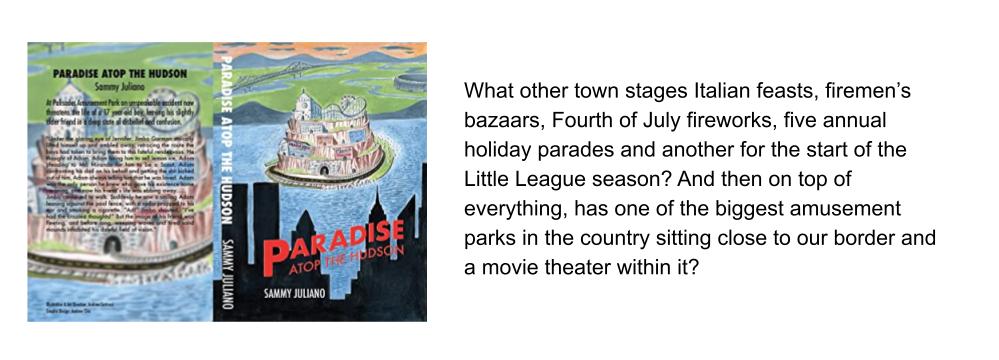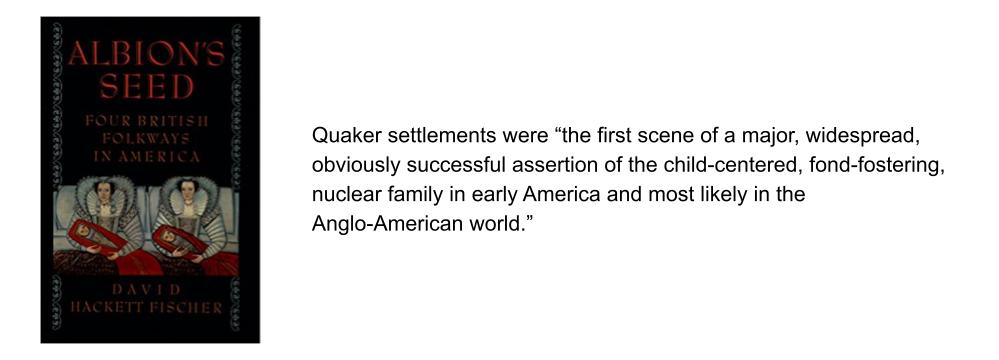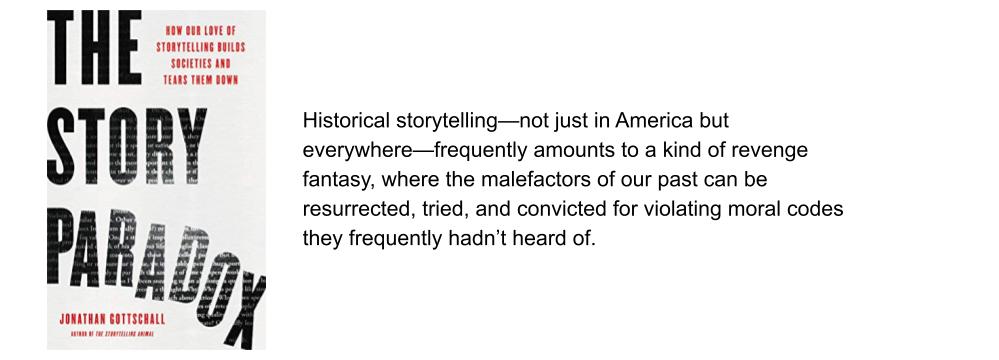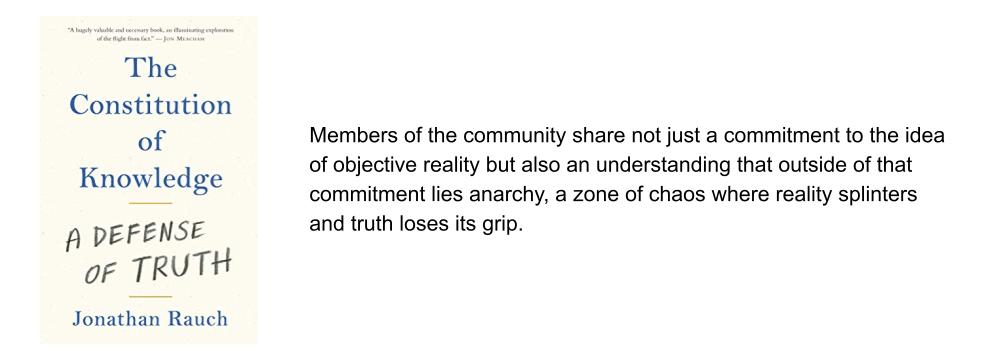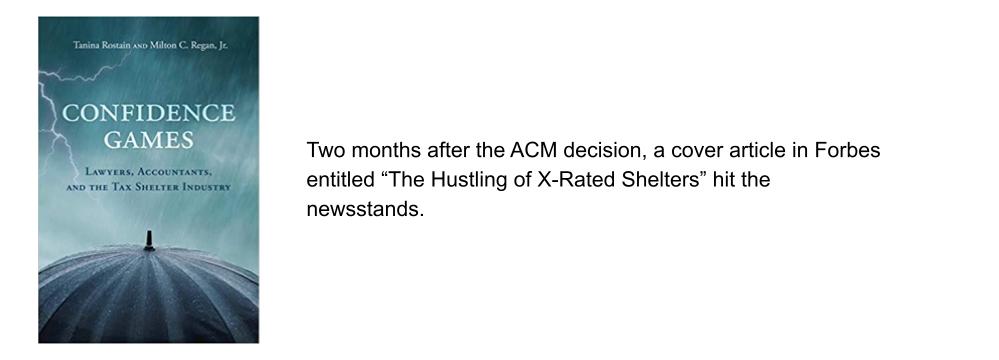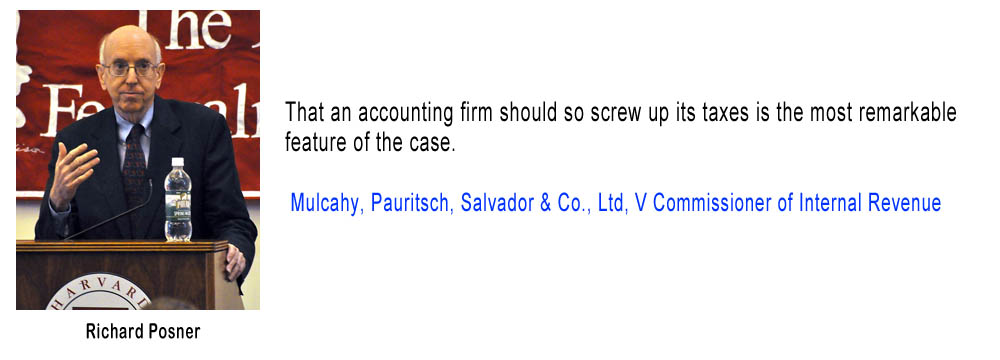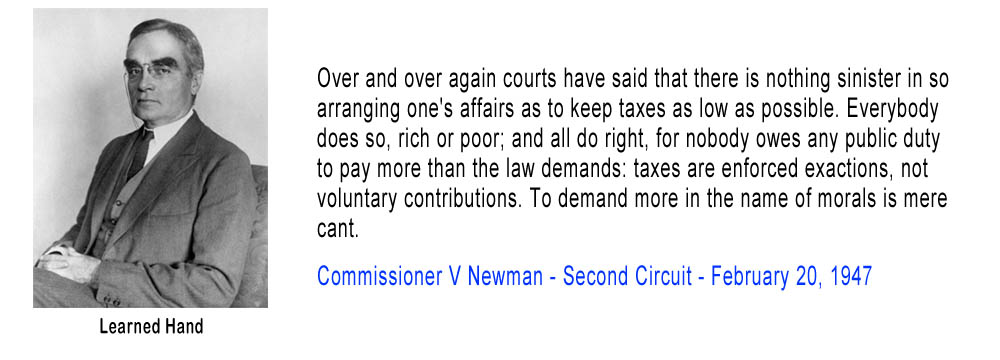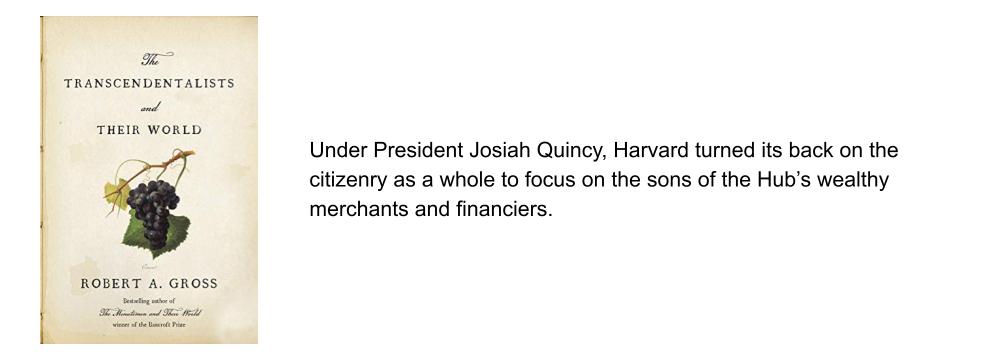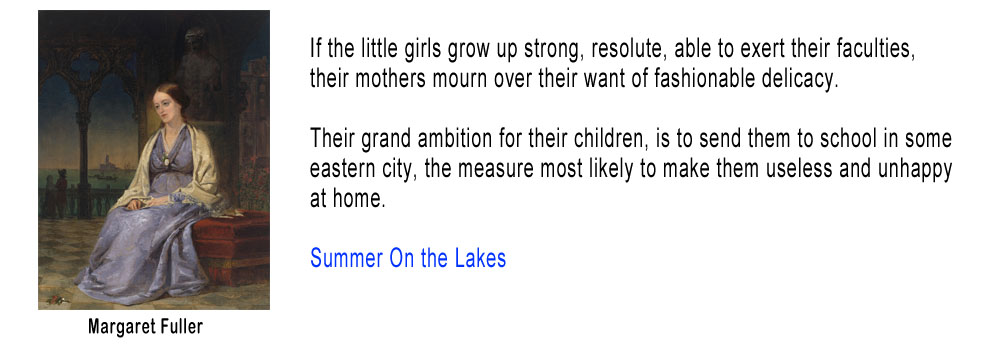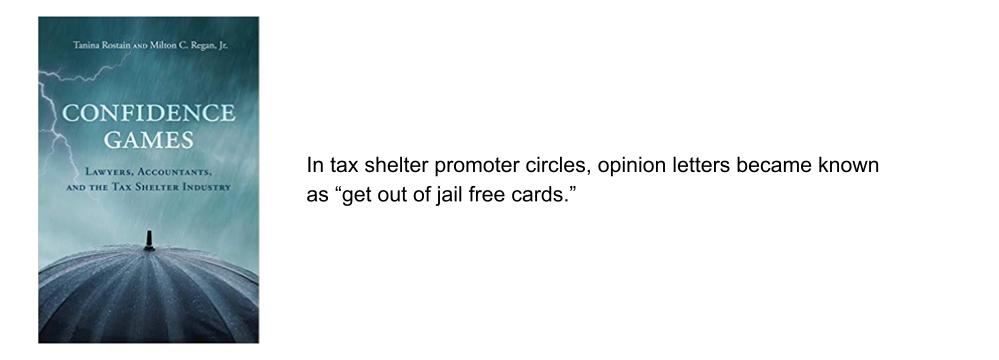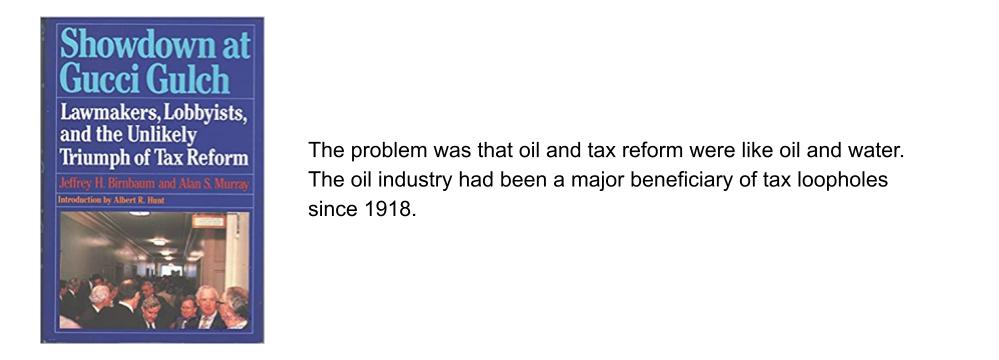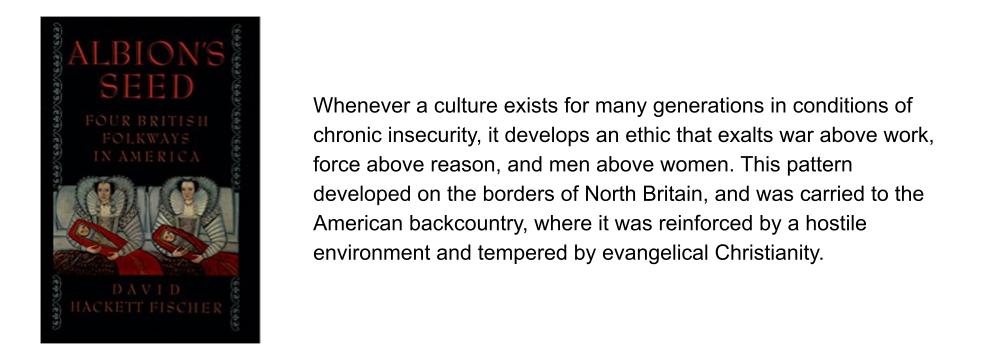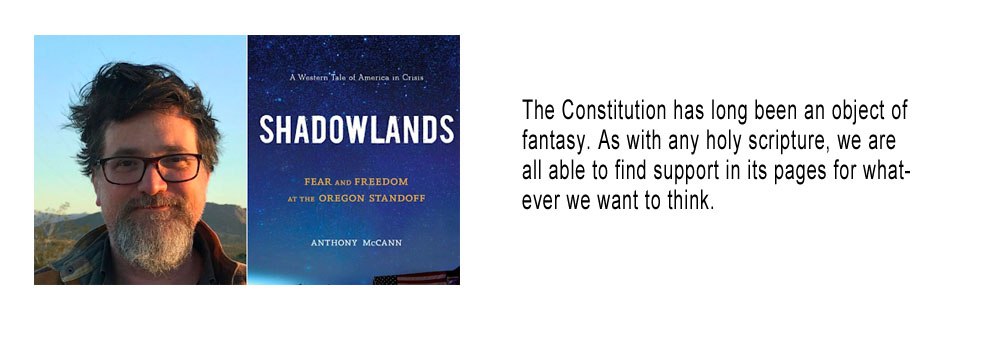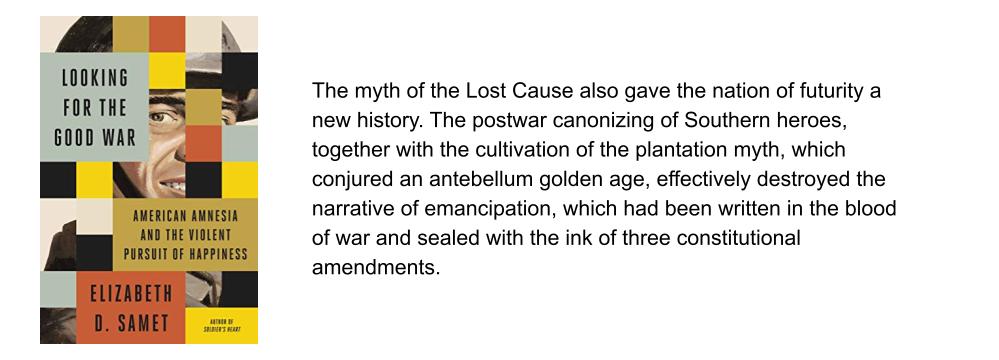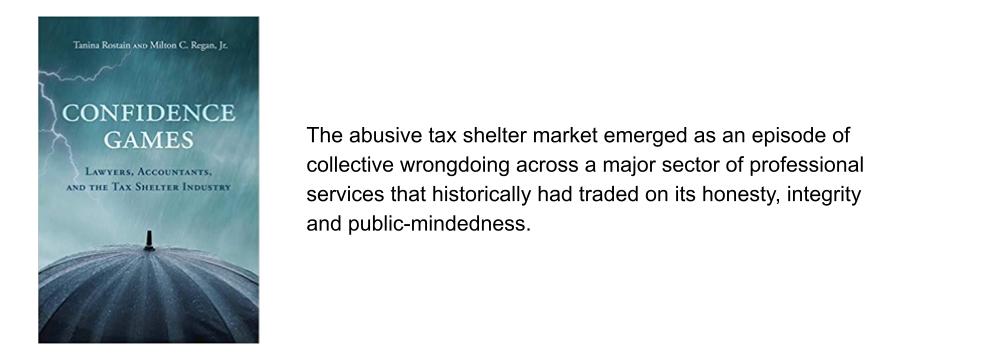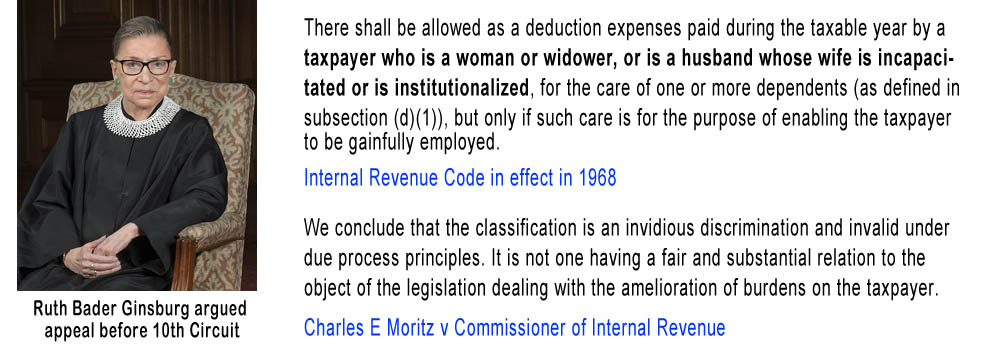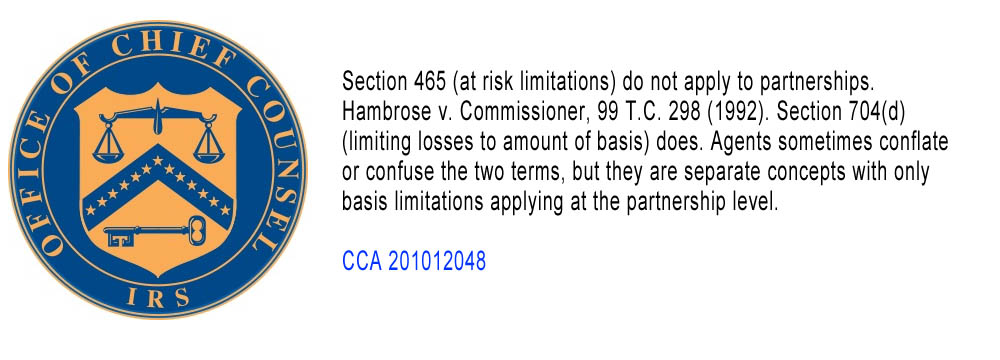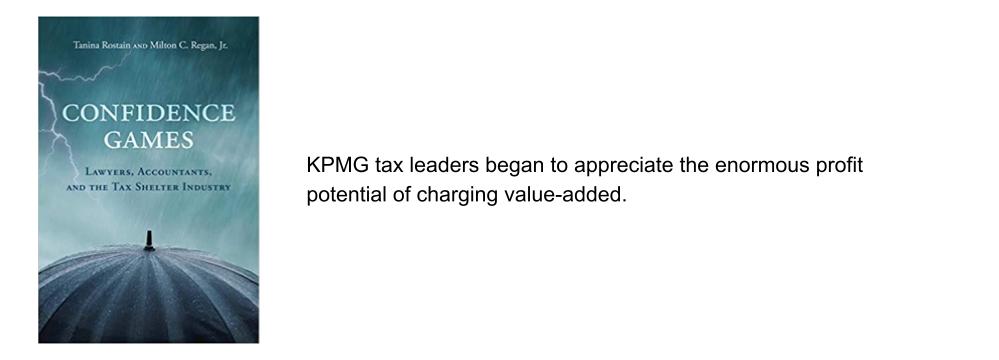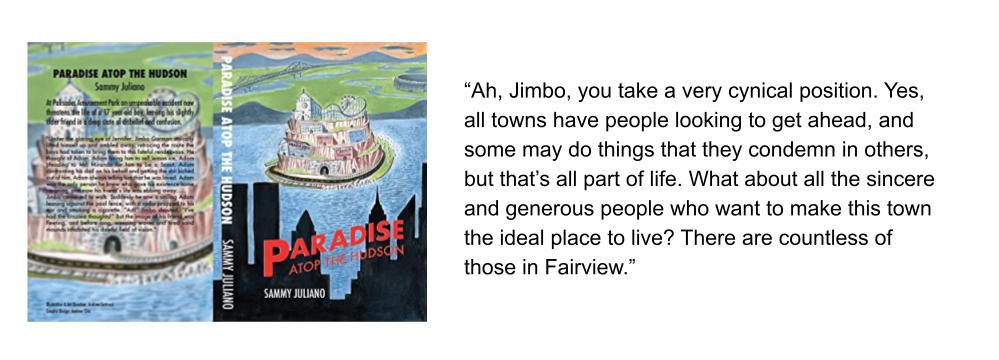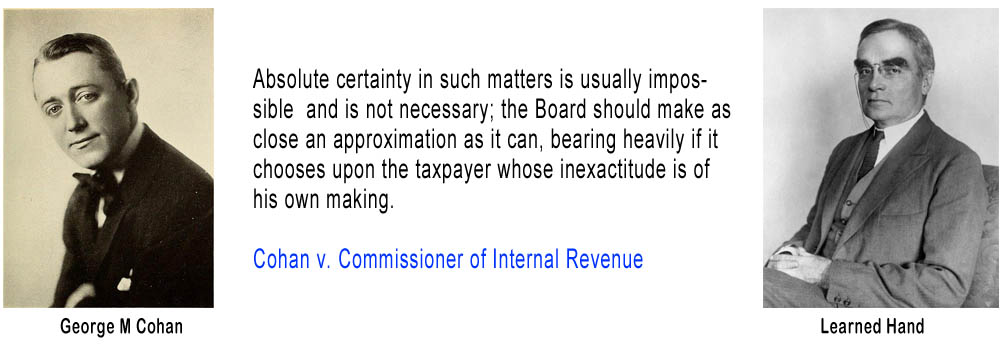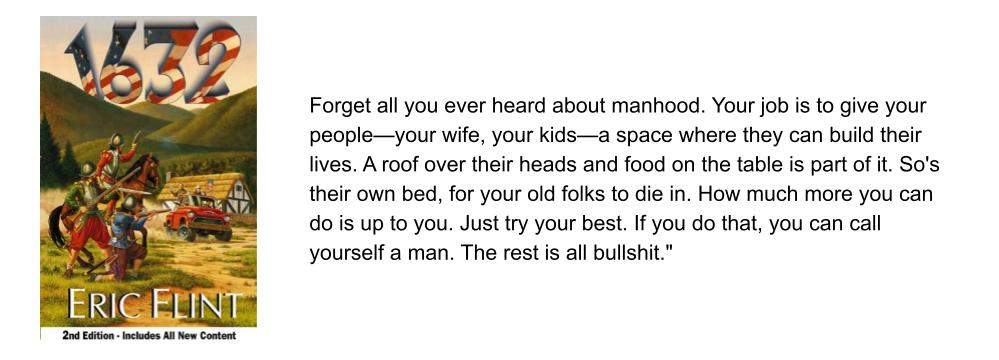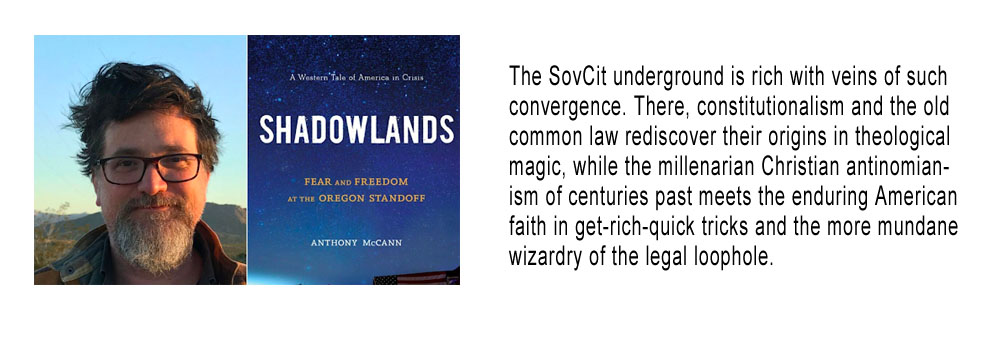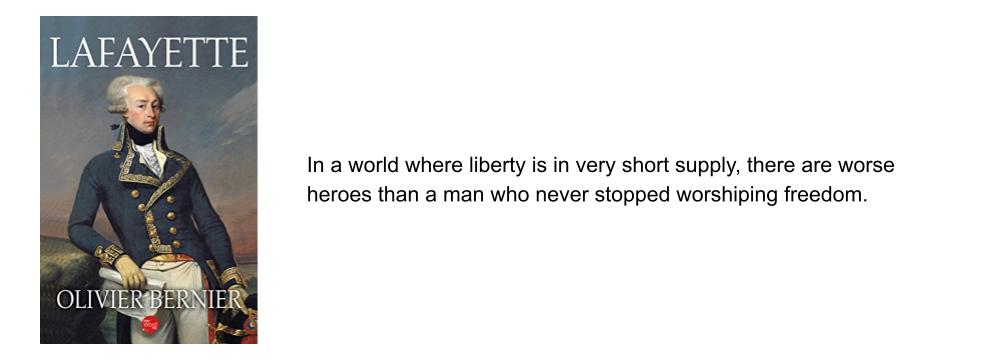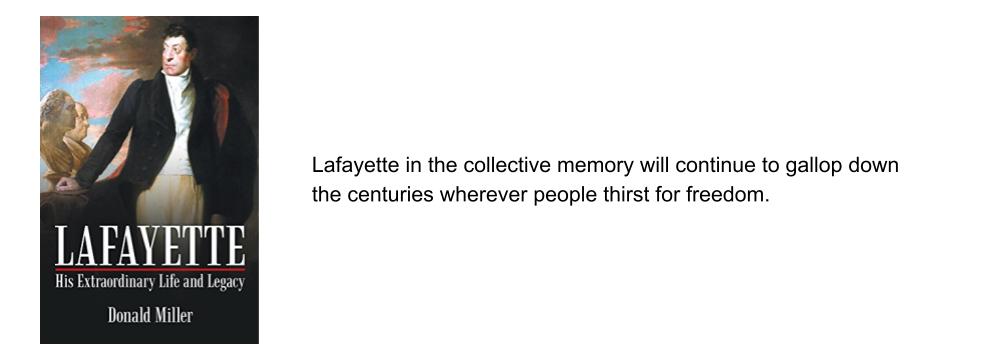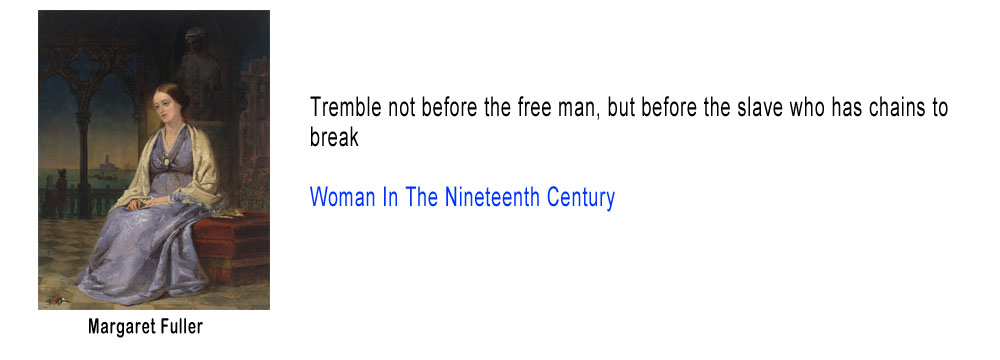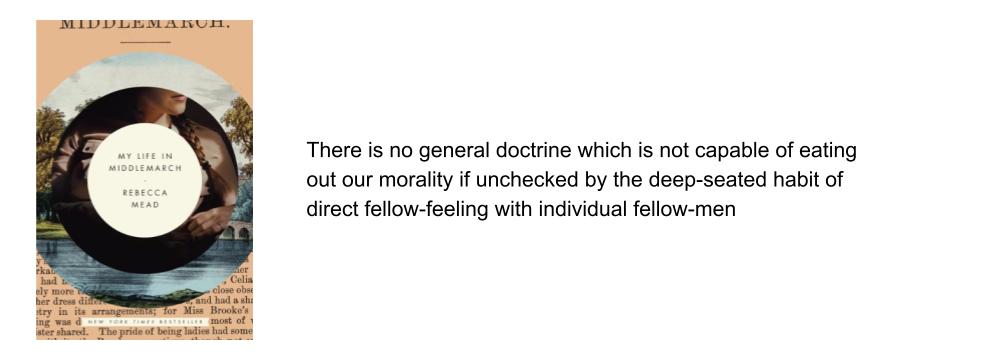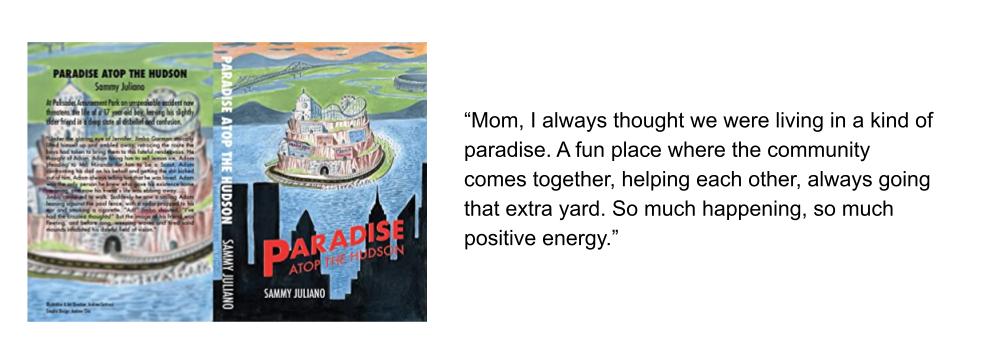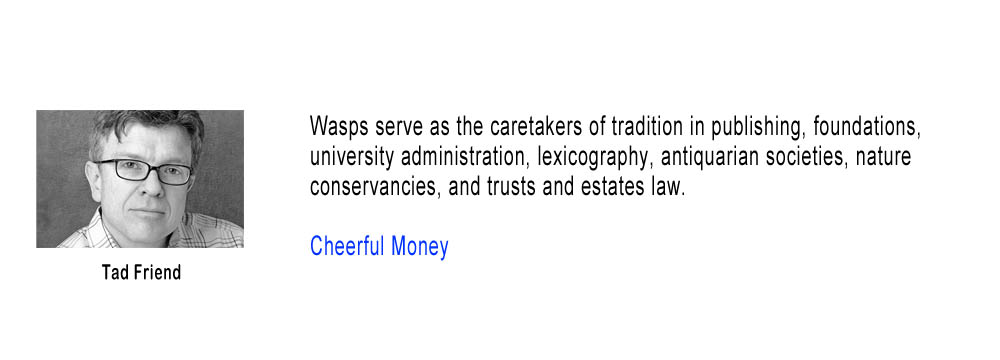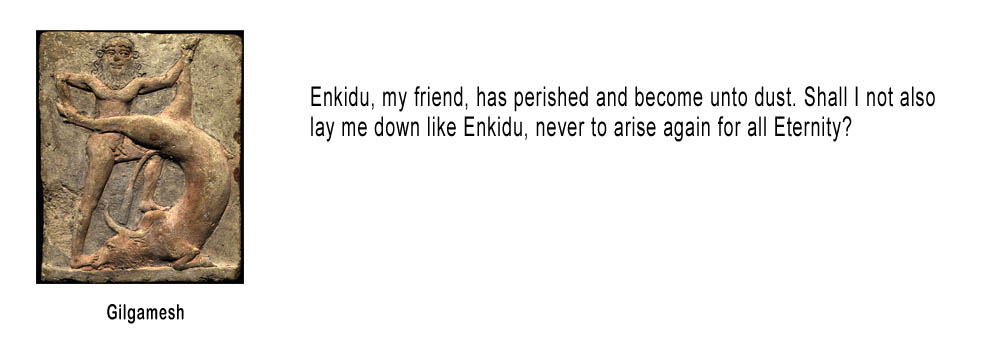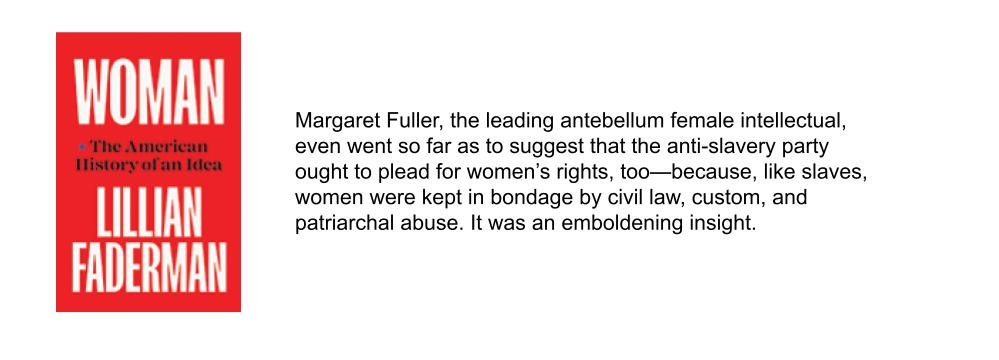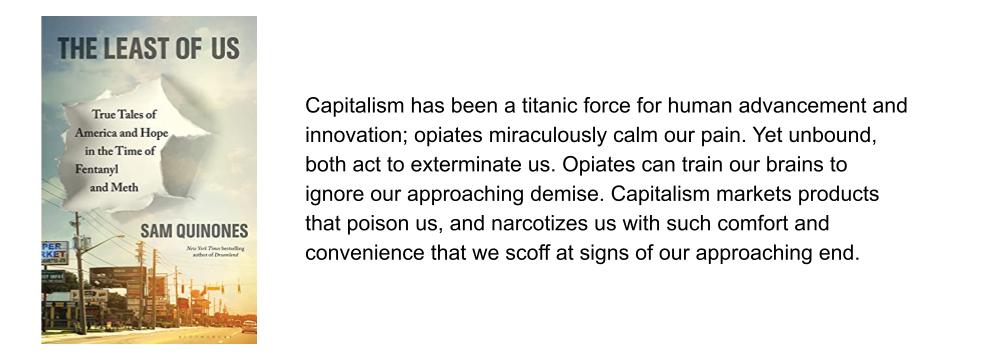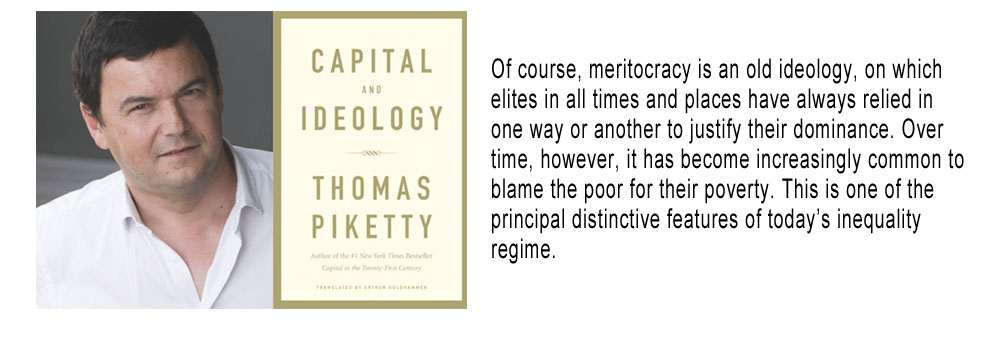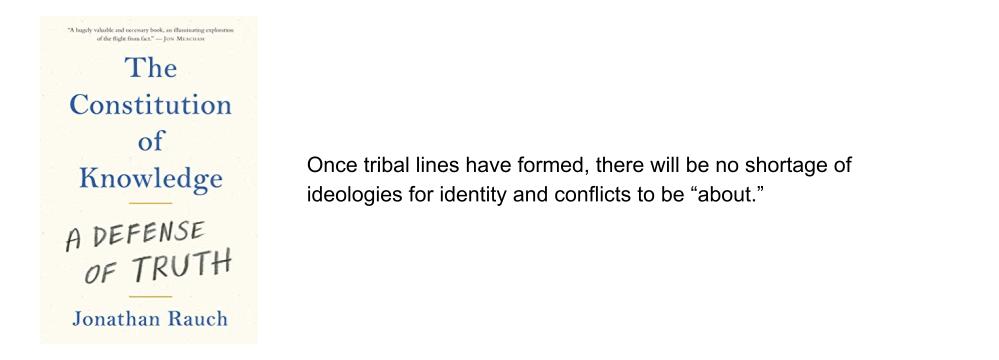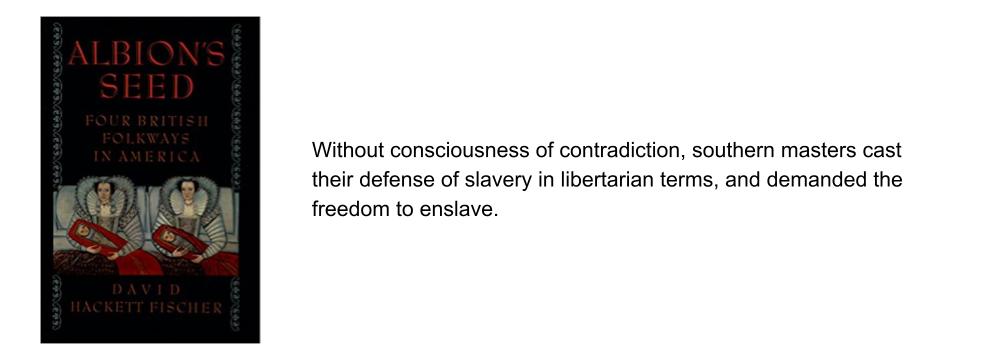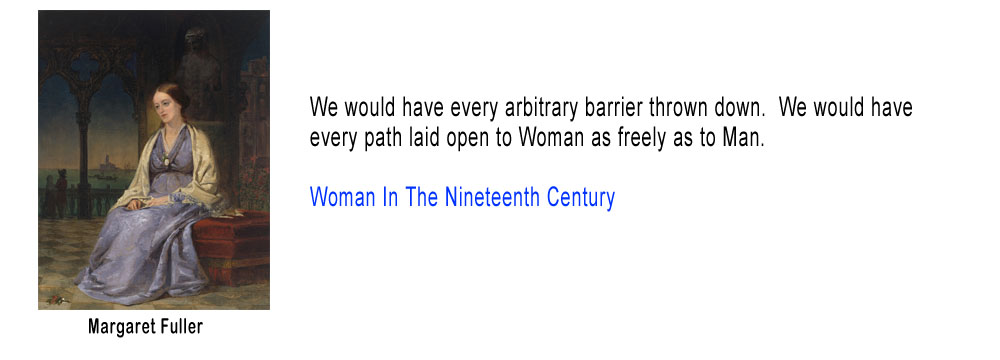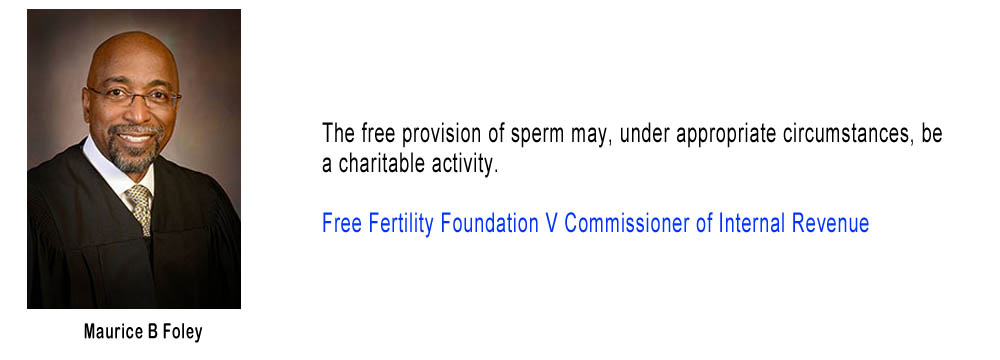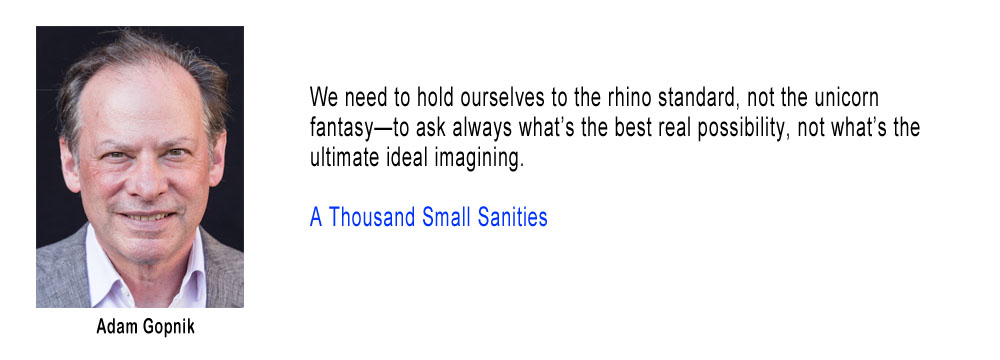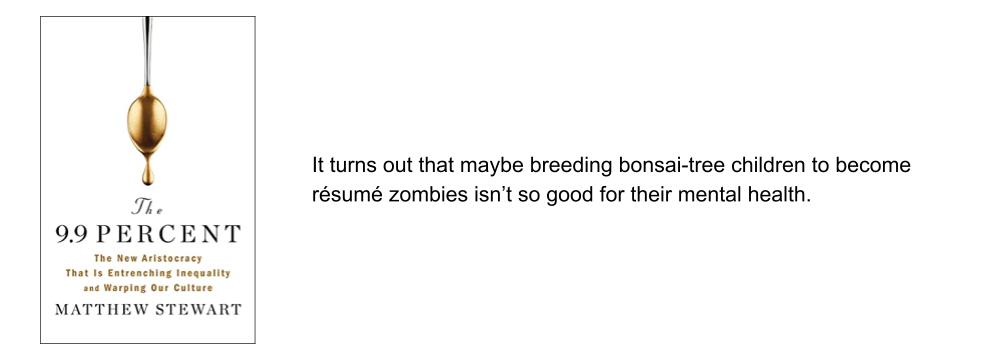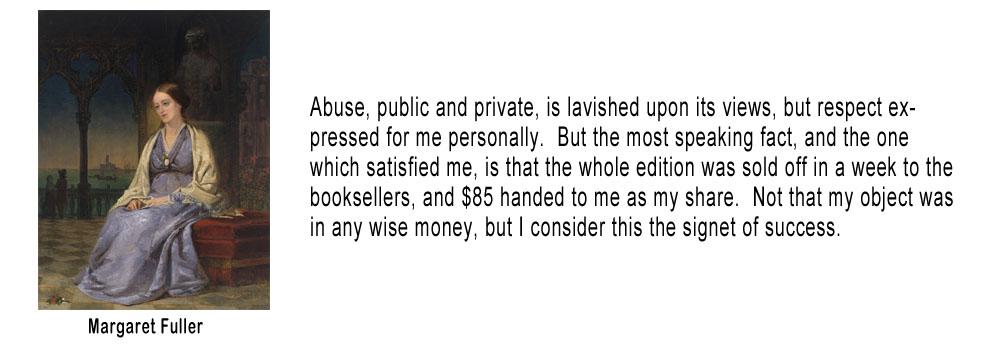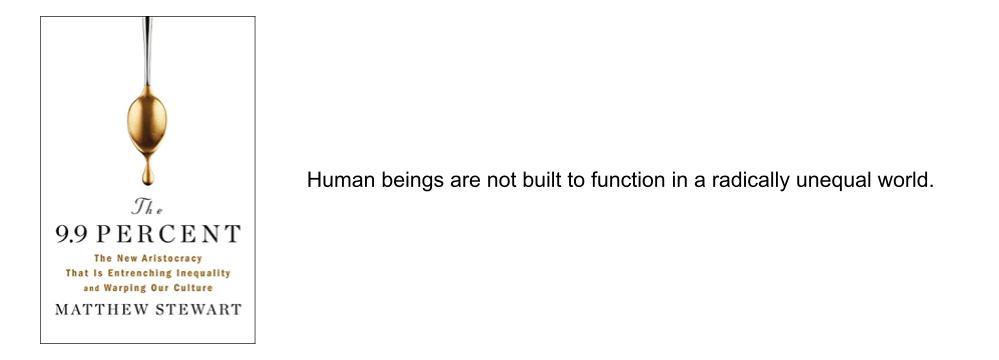Originally published on Forbes.com Apr 10th, 2013
Nothing like a tax case to get into fundamental questions about religion. The most recent one is between Christ Church Pentecostal of Nashville and the Tennessee State Board of Equalization. Christ Church Pentecostal (CCP) is what is known as a megachurch. The Hartford Institute For Religion Research defines a megachurch as a Protestant congregation with sustained weekly attendance above 2,000. The Institute’s database identifies nearly 1,600 megachurches. Roughly 40% of megachurches are, like CCP, nondenominational. Megachurches are not places where people merely go for a couple of hours every Sunday for worship. They are seven day a week institutions with many activities going on.
Chirst Church had a bookstore/cafe operation. From the description in the case it almost seemed like your typical Barnes and Nobles. There was also a fitness center that offered memberships to the general public. These two operations were what the court battle was about. Assessors had determined that 7% of the total facility should be subject to local property tax since the bookstore/cafe was a totally commercial operation and the fitness center was 50% commercial.
Pastor Dan Scott argues that the bookstore and the fitness center were actually integral to CCP’s mission. He talks about the creation of a “third space”:
The administrative record contains a document entitled Implications of Faith: A Defense of the Religious Use of Social Third Space written by CCP senior pastor Dan Scott (“Pastor Scott”), which characterized third spaces as those “where one expresses his or her being as part of meaningful community.” Pastor Scott urged that third spaces have “become a huge need for many urban dwellers for whom family and community are now distant abstractions.” He asserted that “fourth spaces” consist of sanctuaries – “the place where we experience God is obviously the heart of our spiritual work,” and that third spaces “exist to meet a primal spiritual need: human connection with our fellow believers in the midst of an increasingly impersonal urban space.” Pastor Scott wrote, “his is particularly crucial for the low income and immigrant populations to which we minister in great numbers.” Pastor Scott submitted that CCP’s “‘third space’ facilities are natural outgrowths of our ancient faith” that have been “retooled … for postmodern urban culture.” He urged that the State should recognize third spaces as part of CCP’s “stated purpose as a religious body” and that its third spaces should be exempt from taxation “in the same manner as its sanctuaries.”
One of my commenters has kindly informed that the first two spaces are home and work and that the “third space” is a “new urbanism concept”. It is a friendly, relaxed low cost environment that allows the experience of community. Churches stepping into that role does seems to make a lot of sense. The first thing that came into my mind when I grasped the concept was a bit less salubrious.
The objection that the assessors had to this notion is that it would allow for the church to have just about anything on its property and still qualify for exemption.
CCP objected to the disallowance on several grounds.
(1)Christ Church is entitled to a tax exemption because it established that its facilities are used purely and exclusively for carrying out the purposes of the church.
(2)Denying Christ Church a tax exemption for its facilities violates the Establishment Clause of the First Amendment to the Unites States Constitution because it excessively entangles the State in church doctrine.
(3)Denying Christ Church a tax exemption but statutorily granting similarly-situated entities a tax exemption violates the Equal Protection Clause of the Fourteenth Amendment to the United States Constitution because it treats similarly-situated entities differently without a sufficient basis for the differential treatment.
(4)The Tennessee tax exemption statutes violate the Free Exercise Clause of the First Amendment to the United States Constitution because they are not neutral or generally applicable laws and because they substantially burden the Church’s free exercise of religion.
(5)The Tennessee exemption statutes violate Tennessee’s Religious Freedom Restoration Act.
The fourteenth amendment argument was particularly interesting. Under the Tennessee exemption statute university bookstores are exempt. As to the fitness center, even though it was charging for membership, it would have been exempt if it was part of a “family wellness center”. What sort of an institution might that be ?
The 14th amendment argument goes that if a university can have an exempt bookstore and a wellness center can have an exempt gym, then why can’t a church have both ? The Court’s answer was that the 14th amendment does not require that things that are different be treated the same. Churches are not wellness centers or universities, so they do not have to be treated the same.
As for the free exercise arguments under the First Amendment and the Religious Freedom Restoration Acts, the Court held:
The purpose of the State’s taxation laws clearly are not to interfere with or suppress religious practice. Neither the tax laws or the statutorily defined exemptions discriminate against any particular religion or prohibit or impede any particular practice. They are neutrally applied without regard for religious doctrine or belief. They do not compel CCP to violate or abandon any particular belief, or prevent CCP from any practice.
The church was represented by the Alliance Defending Freedom. Erik Stanley of ADF had commented earlier in the litigation:
“Tax exemptions for churches are vitally important because it doesn’t make sense to penalize organizations that help serve the community and don’t exist for profit–and that’s certainly true with this church,” Stanley explained. “The taxing authorities in this case determined that the facilities were not integral to a religious purpose of the church, but the government is ill-equipped to determine what is and what isn’t a legitimate religious use. That’s why it shouldn’t be delving into church affairs. Doing so violates the constitutionally protected rights of the church.”
You can follow me on twitter @peterreillycpa.
